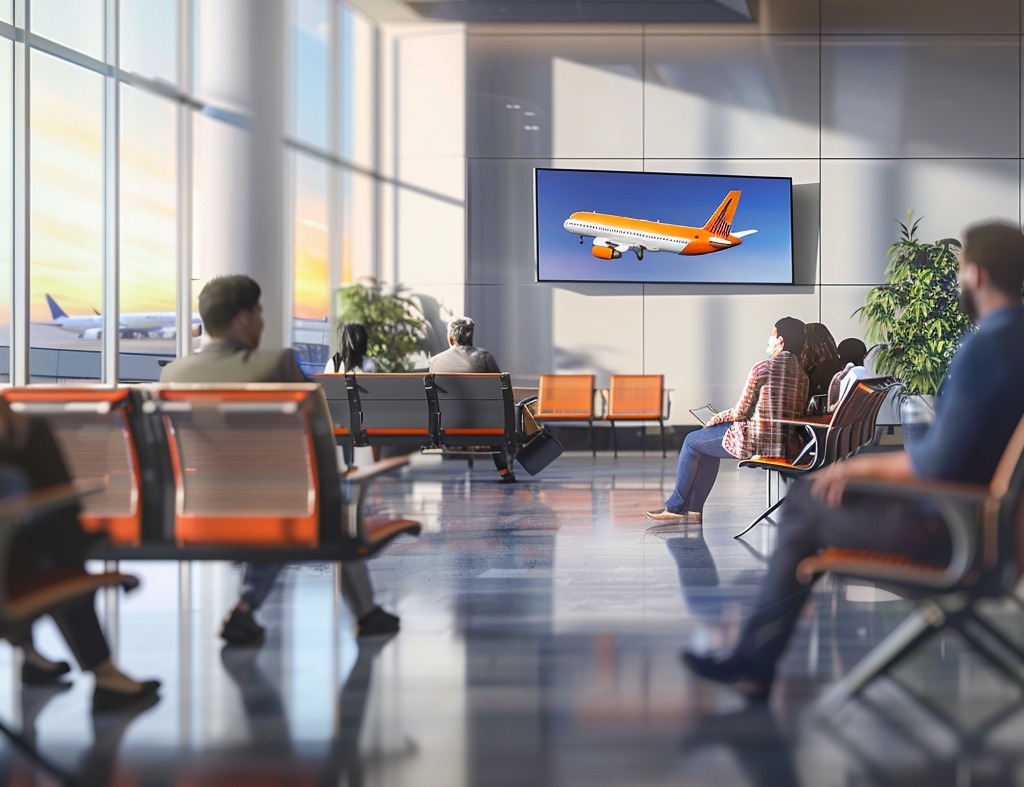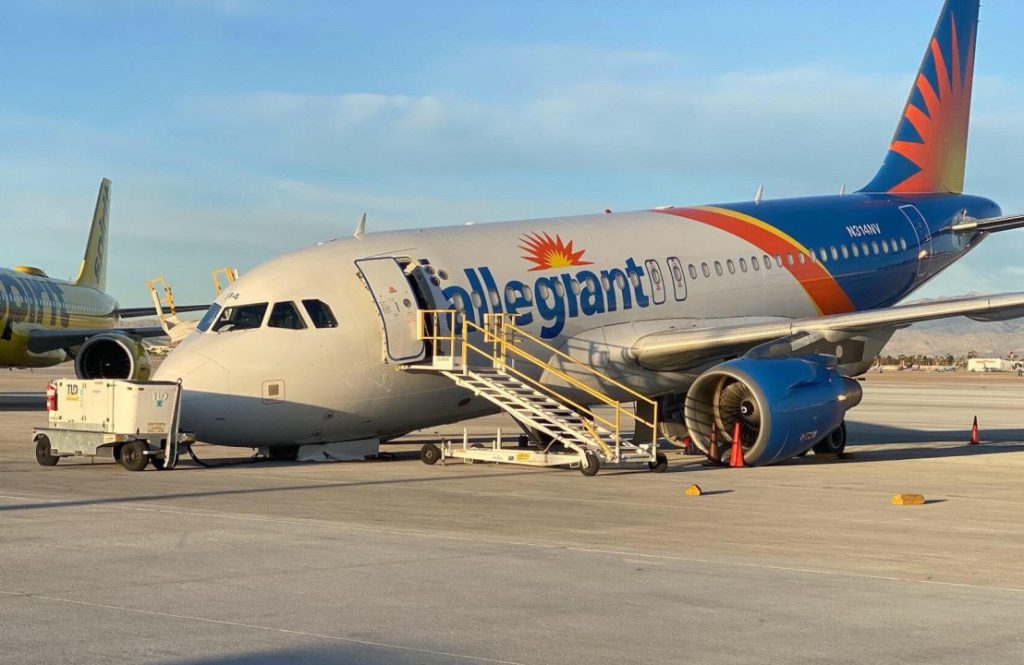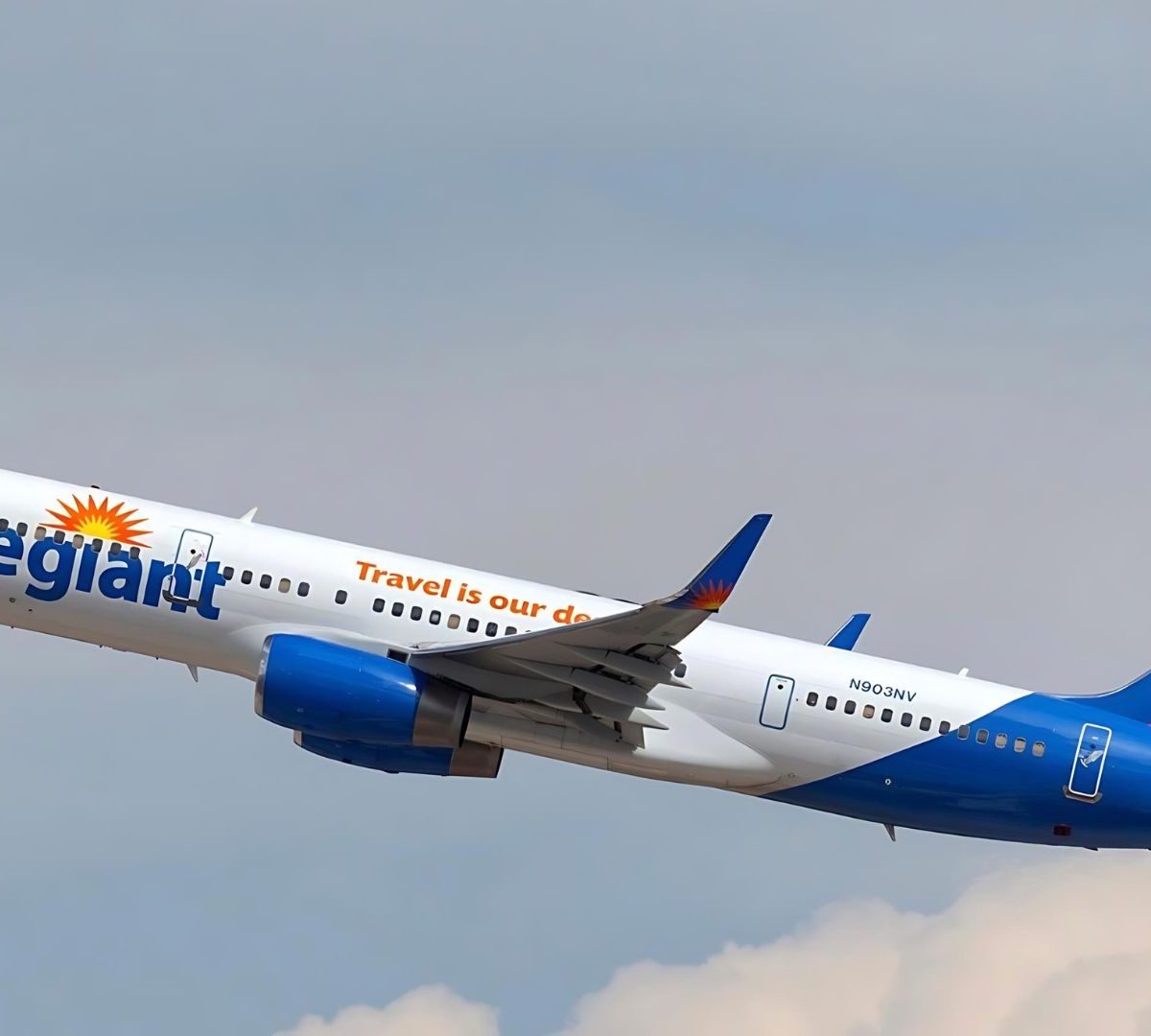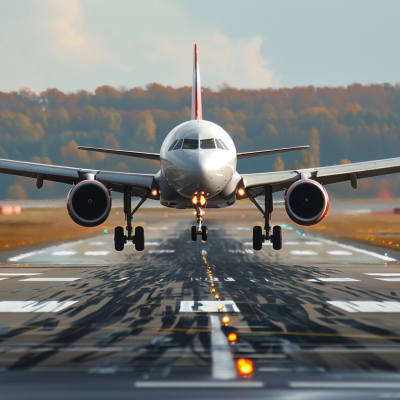Have you ever felt anxious about flying with an unfamiliar airline? It’s a common concern, especially when it comes to safety.
If you’re considering Allegiant Airlines for your next trip, you might wonder about its safety record.
The good news is that you can gain valuable insights into Allegiant’s safety standards and overall performance by examining passenger reviews.
In this blog post, we’ll look at what travelers say about their experiences with Allegiant Airlines.
We’ll explore the positive aspects of their safety measures and address any potential areas for improvement.
By the end of this article, you’ll have a clearer understanding of Allegiant’s safety record, helping you make an informed decision for your next flight.
Passenger Experiences and Safety at Allegiant Airlines

Passenger experiences significantly shape the public’s perception of an airline’s safety standards.
Allegiant Airlines, known for its cost-effective travel and access to less common destinations, has garnered a mix of reviews that reflect its complex safety reputation.
Affordable Fares
Finding affordable airfare is a top priority for many travelers, especially families or those on a tight budget.
In the CBS News report, when passengers were asked what they liked about the airline, one passenger replied that the prices were cheap. Another mentioned that their round-trip fare to New Orleans was $120, which is $60 each way.
The significantly lower fares compared to major airlines allow more people to explore new destinations without breaking the bank.
While the experience may be no-frills, the savings make air travel accessible to more travelers.
Basic In-Flight Experience
The flights provide a no-frills experience, with complimentary water, coffee/tea, and sodas as the only free provisions.
Passengers can purchase snacks, meals, and alcoholic beverages if desired. However, amenities like in-flight entertainment systems and WiFi are not available, which some travelers may miss on longer flights.
Safety Concerns A concerning “60 Minutes” investigation, you can check out passengers’ reactions after this incident aired, highlighting multiple safety issues at Allegiant based on an analysis of FAA data:
- High number of aborted takeoffs, implying potential mechanical issues
- Frequent instances of cabin pressure loss, which can be hazardous at altitude
- Many emergency descents indicate serious mid-air problems
- Several engine failures, including some catastrophic cases recounted by passengers
Firsthand passenger accounts mentioned terrifying mid-air engine failures, oxygen masks failing to deploy properly during emergencies, and distressed flight attendants handing out wet napkins for passengers to breathe through amid chaotic incidents.
Allegiant’s Response
The airline disputes the safety claims, stating, “Allegiant complies with all FAA requirements and participates in several voluntary security initiatives to ensure we operate to the highest standards.”
For their part, Allegiant’s Capt. Eric Gust, vice president of operations, denied the report, saying, ‘CBS produced a one-sided story by selecting interviews and ignoring publicly-available facts.’
This responds directly to the safety report and presents Allegiant’s perspective.
Safety Record Analysis of Allegiant Airlines

Allegiant Airlines’ safety record has been scrutinized, with a statistical review revealing a higher incident rate than industry averages.
However, the airline has taken steps to improve its safety protocols and address concerns raised by passengers and experts.
Aviation safety experts have offered mixed opinions on Allegiant’s safety measures, acknowledging the progress made while emphasizing the need for continued vigilance.
Despite challenges, Allegiant has implemented enhanced maintenance programs, increased inspections, and invested in new technology to monitor aircraft performance, demonstrating a commitment to aligning its practices with industry best practices and prioritizing passenger safety.
Statistical Review of Safety Incidents
According to the Federal Aviation Administration (FAA), Allegiant Airlines experienced 25 reported safety incidents between 2015 and 2020.
These incidents ranged from minor mechanical issues to serious events such as engine failures and emergency landings.
Breaking down the data by year reveals that the highest incidents occurred in 2015 (8) and 2016 (6), with a gradual decrease in subsequent years.
The most common types of incidents were related to mechanical issues (40%), followed by operational incidents (32%) and diversions (28%).
The frequency and severity of incidents have shown a declining trend over time, suggesting improvements in Allegiant’s safety measures.
This table concisely organizes crucial data about Allegiant Airlines’ safety incidents, expert opinions, and safety measures, allowing readers to quickly grasp the airline’s safety performance and improvements over time.
| Incidents Reported | Details |
|---|---|
| Total Incidents (2015-2020) | 25 reported safety incidents |
| Incidents by Year – 2015 | Eight incidents |
| Incidents by Year – 2016 | Six incidents |
| Incidents in Subsequent Years | Gradual decrease noted |
| Types of Incidents – Mechanical Issues | 40% of incidents |
| Types of Incidents – Operational Incidents | 32% of incidents |
| Types of Incidents – Diversions | 28% of incidents |
| Trend Analysis | Declining frequency and severity of incidents, indicating safety improvements |
Comparison with Industry Standards
The airline industry uses various safety benchmarks to assess carriers’ safety performance, such as the number of accidents per million flights.
The International Air Transport Association (IATA) sets global safety standards and conducts regular audits to ensure compliance.
According to IATA data, the global accident rate for commercial airlines in 2019 was 1.13 accidents per million flights.
Based on available data, Allegiant’s incident rate is higher than the industry average.
However, when comparing, it is important to consider factors such as the airline’s operational scale and fleet age.
Allegiant operates a smaller fleet of older aircraft compared to many other carriers, which may contribute to a higher incident rate.
Despite the higher incident rate, Allegiant has implemented various safety measures and made improvements in recent years.
The table below is helpful for readers as it compares Allegiant Airlines’ incident rate with industry safety benchmarks, providing context on how it compares to global standards.
It also explains contributing factors to the airline’s safety performance, giving a nuanced understanding of its operational challenges and improvements.
| Category | Details |
|---|---|
| Industry Safety Benchmark | 1.13 accidents per million flights (2019, IATA) |
| Allegiant’s Incident Rate | Higher than the industry average |
| Factors for Comparison | Smaller operational scale, older fleet |
| Impact of Fleet Age | Older aircraft may contribute to a higher incident rate |
| Safety Improvements | Allegiant has implemented various safety measures and improvements despite the higher incident rate. |
Remarks from Aviation Experts on Allegiant’s Safety Progress
Aviation experts have provided mixed opinions on Allegiant Airlines’ safety protocols and measures.
While some experts have acknowledged the airline’s efforts to improve its safety culture and practices, others have expressed concerns regarding the age of its fleet and past incidents.
Regulatory authorities and industry experts have scrutinized Allegiant’s safety protocols, recognizing the airline’s challenges and noting the steps to align its practices with industry best practices.
This demonstrates a commitment to enhancing safety and addressing concerns passengers and professionals raise.
- John Goglia, a former member of the National Transportation Safety Board (NTSB), stated, “Allegiant has made significant strides in improving its safety culture and practices in recent years. However, the airline must remain vigilant and prioritize safety above all else.”
- Mary Schiavo, a former U.S. Department of Transportation Inspector General, commented, “While Allegiant has made progress in recent years, the airline’s history of safety incidents cannot be ignored. Allegiant must maintain transparency, promptly address issues, and foster a strong safety culture throughout the organization.”
- Robert Sumwalt, a former chairman of the NTSB, emphasized the importance of ongoing safety improvements, stating, “Allegiant must remain committed to continuous improvement in its safety practices.
This includes regular training for crew members, rigorous maintenance schedules, and open communication with regulatory agencies and industry partners.”
These expert opinions highlight Allegiant’s progress in enhancing its safety measures and underline the need for sustained efforts to ensure the highest levels of safety for passengers and crew members alike.
Final Thoughts
Understanding Allegiant Airlines’ safety record through passenger reviews offers valuable insights into the airline’s performance and areas for improvement.
By examining positive and negative experiences, we can better understand how the airline prioritizes safety and handles various situations.
Allegiant’s commitment to cost-effective travel and convenient flight routes has garnered appreciation from many passengers.
However, concerns about aircraft maintenance, delays, and inconsistent customer service experiences highlight the need for ongoing improvements.
As Allegiant continues to address these issues and maintain a strong focus on staff training and professionalism, it can further enhance passenger confidence in its safety standards.
By prioritizing transparency, communication, and the well-being of its customers, Allegiant can solidify its position as a reliable and trusted low-cost carrier in the aviation industry.
Frequently Asked Questions
Does Allegiant Airlines Cancel a Lot of Flights?
Compared to other major airlines, Allegiant has a noticeably higher rate of canceling flights for various reasons.
What Happens if You Don’t Select Seats on Allegiant?
If you do not choose your preferred seats when booking your Allegiant flight, the airline will randomly assign seats during check-in.
What Is Allegiant Airlines Known For?
Allegiant Airlines is well-known for offering cheap, no-frills flights that connect smaller cities to popular vacation destinations across the country.
Does Southwest Own Allegiant?
No, Southwest Airlines has no ownership stake or control over Allegiant Airlines. They are completely separate airline companies.






